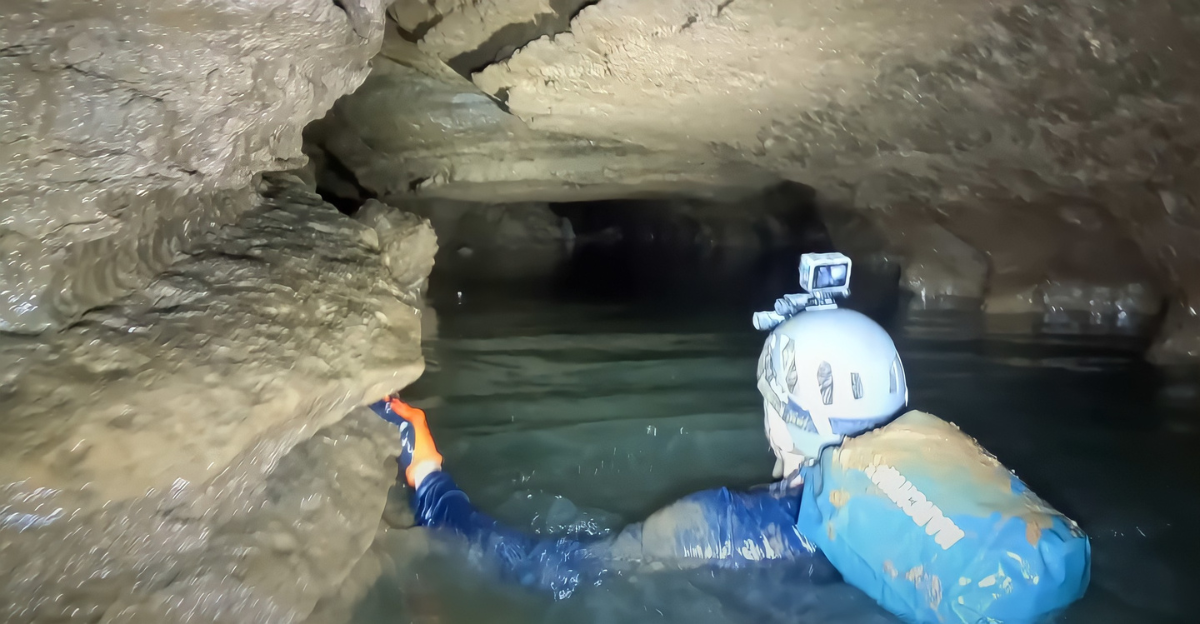
In 2023, scientists unveiled Neolissochilus pnar, the largest known subterranean fish, discovered in the limestone caves of Meghalaya, Northeast India. This species, exceeding 400 mm in length, exhibits classic cavefish adaptations: lack of pigmentation, reduced eyesight, and enhanced sensory systems.
Named after the local Pnar community, this fish thrives in the dark, nutrient-scarce cave environments, feeding on organic debris and invertebrates. Its discovery underscores the rich biodiversity hidden in subterranean habitats and the importance of their conservation.
Physical Characteristics of Neolissochilus pnar
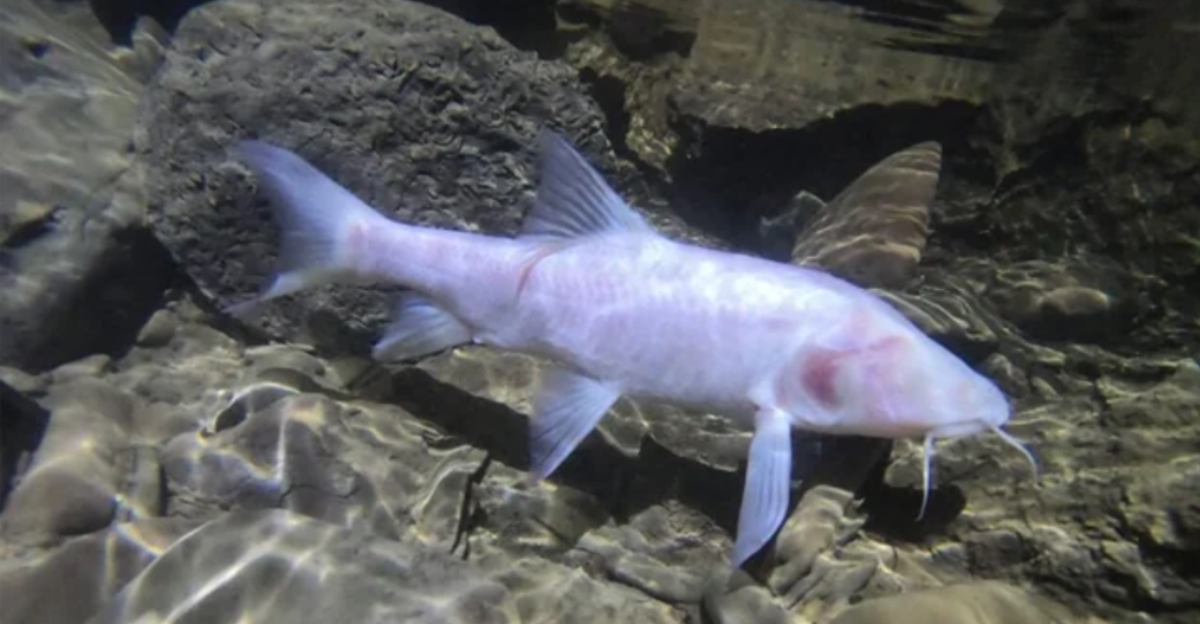
Neolissochilus pnar is a remarkably large cavefish, exceeding 400 mm in length, an unusual size for subterranean species. Like others in its environment, it shows classic cavefish traits: loss of pigmentation, reduced eyes, and enhanced non-visual senses. Its pale, translucent appearance and diminished eyesight reflect adaptation to total darkness, where vision is unnecessary.
Instead, it relies on a highly developed lateral line system to detect movement and vibration, aiding navigation and hunting. These features offer valuable insights into evolution under extreme conditions, revealing how species adapt over time to isolated, energy-poor habitats through specialized, sensory-driven changes.
The Cultural Significance of Its Name
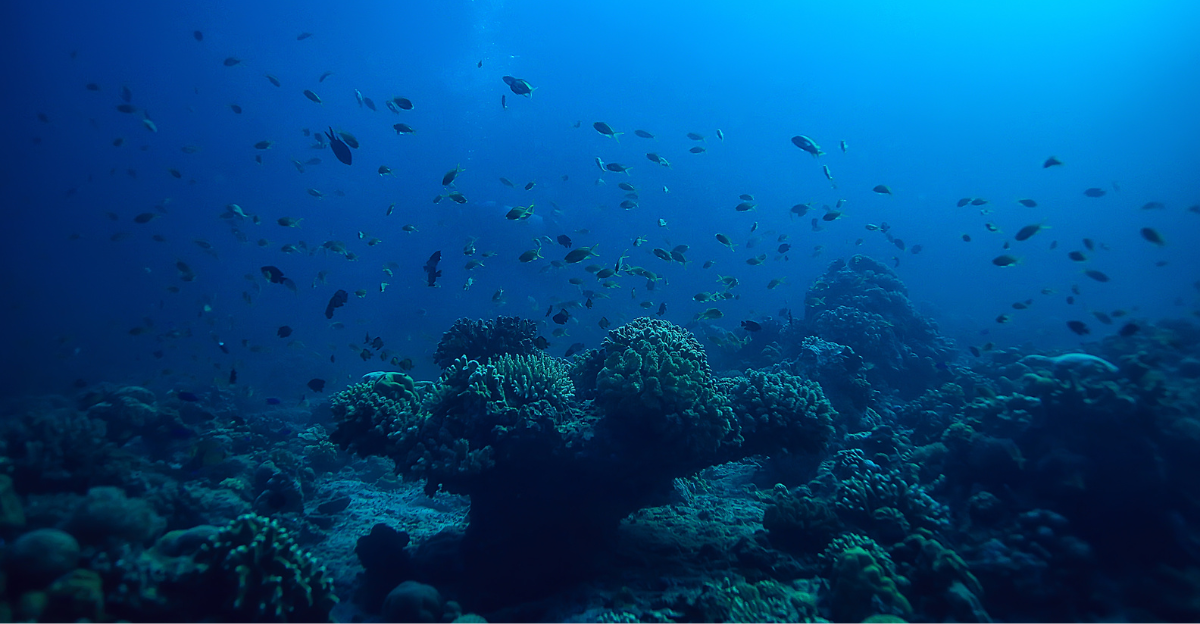
The name Neolissochilus pnar honors the Pnar people of Meghalaya, acknowledging their deep connection to the region and its ecosystems. This indigenous community has long contributed traditional ecological knowledge that aids scientific discovery. Recognizing their role through species naming is both a tribute and an ethical gesture in conservation.
Local communities often help researchers access hidden or significant ecosystems unknown to outsiders. Including indigenous perspectives enhances biodiversity research and promotes cultural pride and environmental stewardship. The naming of Neolissochilus pnar reflects a growing movement in science to integrate local wisdom and shared responsibility in conservation efforts.
Diet and Survival in Subterranean Environments
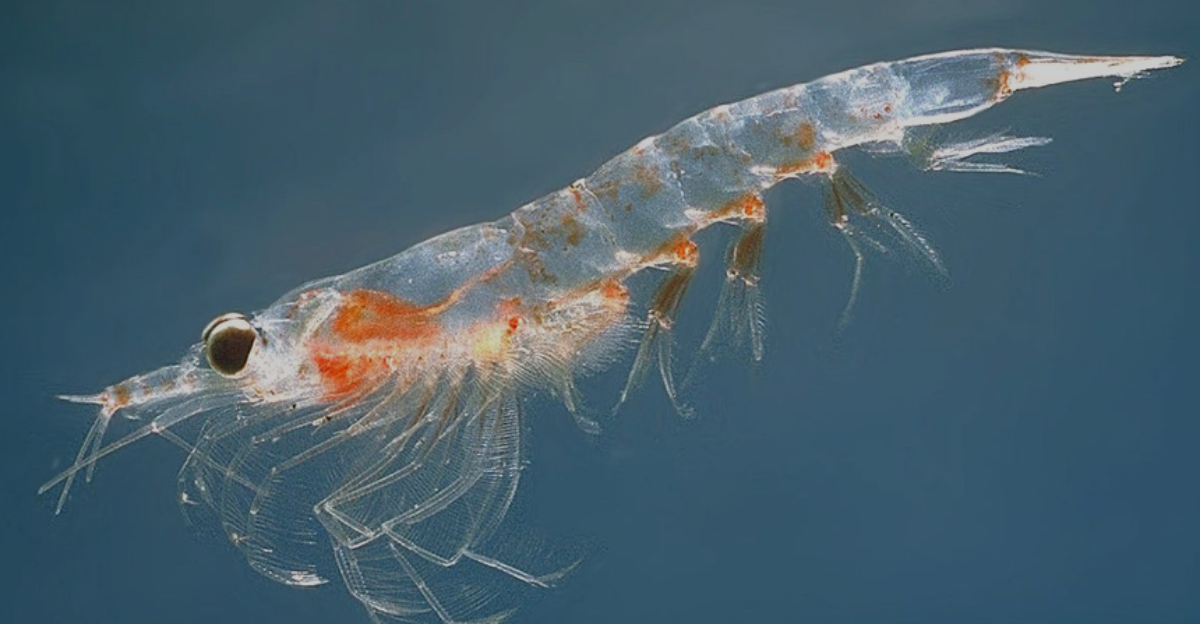
Neolissochilus pnar, a cave-dwelling fish, survives in a harsh, nutrient-poor ecosystem. With no sunlight to support photosynthesis, caves rely on organic material from the surface, delivered by floods or seepage. As a result, N. pnar feeds opportunistically on detritus, insect larvae, and small crustaceans.
These fish have adapted to scarcity by lowering their metabolic rates and storing fat to endure long periods without food. This strategy is key to survival in the fragile subterranean food web. Studying their feeding habits reveals how nutrients circulate underground and highlights the ecological vulnerability of these habitats to pollution and environmental disruption.
What Are Troglobites, and how are they similar to cavefish?
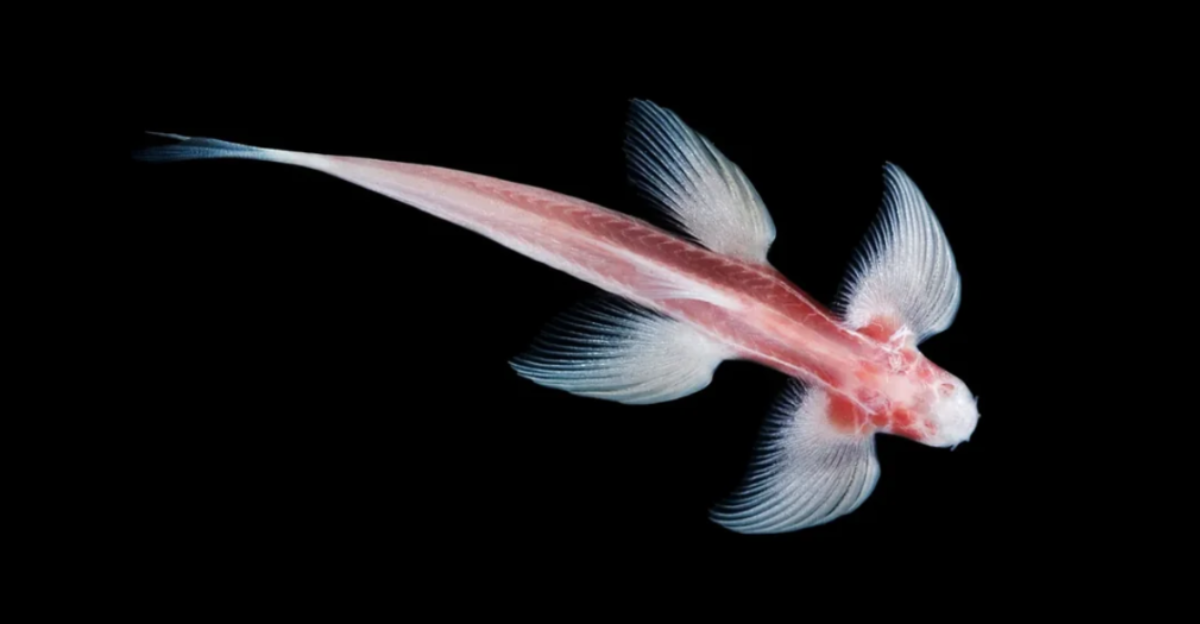
Troglobites like cavefish live exclusively in caves. Similarly, the species has fully adapted to total darkness, unlike species that only visit caves. Troglobites like Neolissochilus pnar survive and reproduce solely underground. They often lose pigmentation and eyesight while developing enhanced senses to detect vibrations and chemical changes.
These adaptations conserve energy in food- and light-scarce environments. Troglobites usually have longer lifespans, delayed reproduction, and fewer offspring, fitting their stable but resource-poor habitats. Found worldwide, they are highly specialized with limited ranges, making them vulnerable to disturbances. Their unique biology aids studies on evolution and environmental health.
The Science Behind Evolutionary Adaptations
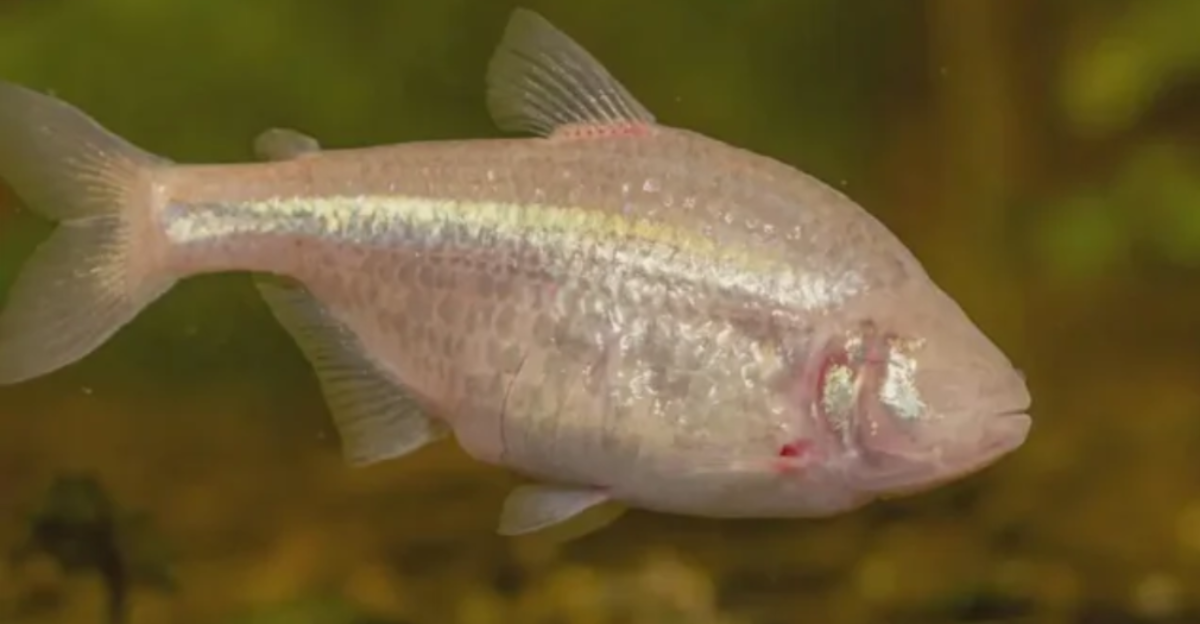
Cavefish like Neolissochilus pnar show remarkable evolutionary changes through regressive and constructive evolution. Regressive evolution involves losing traits like vision and pigmentation, which saves energy in dark environments. Constructive evolution enhances senses such as mechanoreception and chemoreception, which are crucial for survival.
Scientists are uncovering genetic pathways controlling these changes. Some genes for eye development remain but are silenced, showing that evolution can reprogram genes without losing them. This genetic flexibility informs developmental biology, neurobiology, and medicine, offering insights into vision loss and sensory adaptation.
Global Distribution of Cavefish

Cavefish live in limestone caves across Asia, the Americas, and Europe. Scientists have identified over 200 species, many more likely undiscovered due to inaccessible caves. Thanks to extensive karst landscapes, Southeast Asia and southern China have a high diversity of cavefish.
In Mexico and Brazil, cavefish evolved independently, showing convergent evolution where unrelated species develop similar traits. These fish provide essential insights into evolution and biogeography. Because many cavefish species remain hidden in remote habitats, regional studies and international collaboration are vital for discovering new species and protecting these fragile subterranean ecosystems.
Convergent Evolution in Cavefish
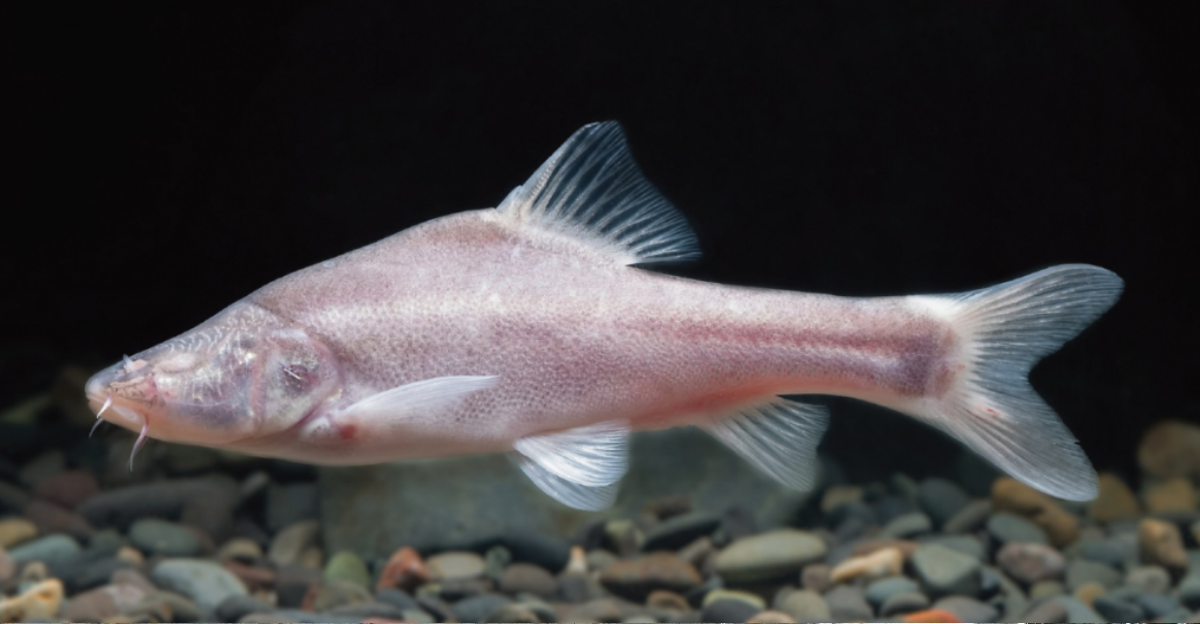
Convergent evolution occurs when unrelated species develop similar traits due to comparable environmental pressures. Cavefish in Mexico, China, and India independently evolved blindness, loss of pigmentation, and enhanced non-visual senses to survive in dark, food-scarce caves. Despite being genetically distant, species like the Mexican tetra and Chinese Sinocyclocheilus share these adaptations.
Studying these parallels helps scientists understand how natural selection leads to predictable evolutionary outcomes. This research reveals genetic similarities and differences in adaptation, offering valuable insights into how traits develop, mutations occur, and species adapt to challenging, isolated environments.
The Mexican Tetra’s Dual Lifestyle
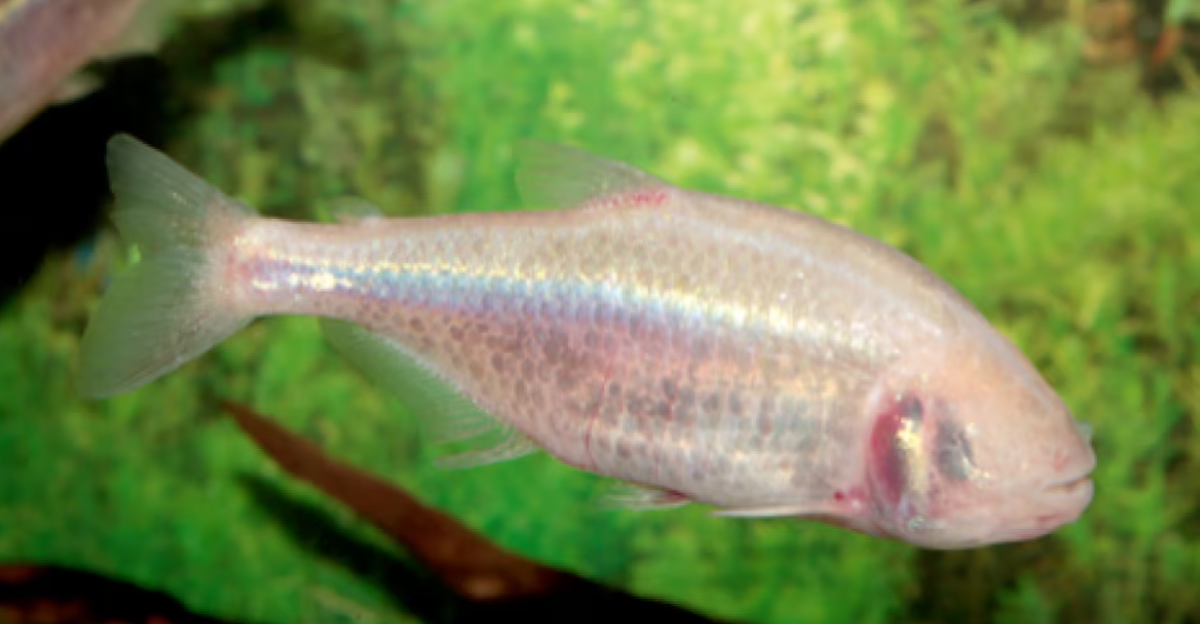
The Mexican tetra (Astyanax mexicanus) is a well-studied cavefish with two forms: a sighted, pigmented surface fish and a blind, pale cavefish. This duality makes it an excellent model for evolutionary studies, revealing how the environment shapes traits. The cave form shows regressive features like eye loss and pigment reduction.
Crossbreeding the two helps scientists understand gene inheritance and expression. Research has uncovered genetic pathways for eye development, neural changes, and behavioral adaptations in sleep, feeding, and socializing. The Mexican tetra offers valuable insight into evolution as species adapt to contrasting habitats while remaining one species.
Genetic Research and the Mexican Tetra
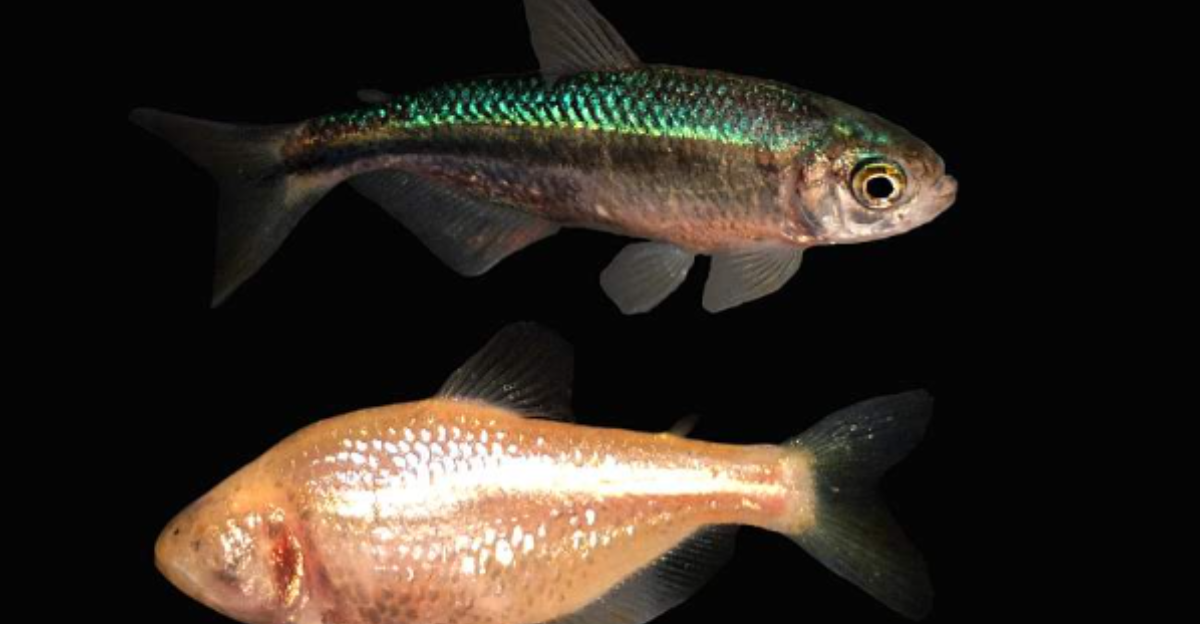
Research on the Mexican tetra’s genetics has deepened our understanding of evolution. Key genes like Pax6 and Shh, involved in eye development, are mutated or differently regulated in cave-dwelling forms. These genes also exist in humans, making the tetra a model for studying genetic diseases like congenital blindness.
Cavefish show behavioral adaptations, sleeping less and relying on their lateral line for navigation, which are linked to genetic brain changes. Comparing gene expression between surface and cave forms reveals how the environment can switch traits on or off. This research advances evolutionary biology and offers insights for biomedical science.
The Guiyang Golden-Line Barbel Discovery
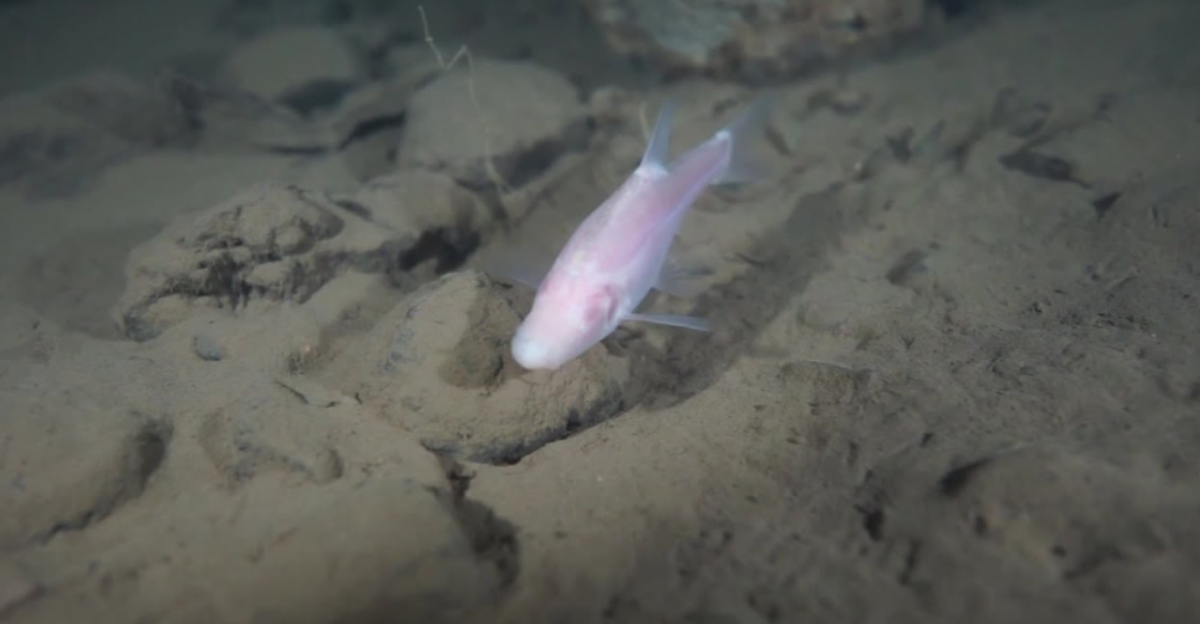
2024 researchers discovered Sinocyclocheilus guiayang, the Guiyang Golden-Line Barbel, in China’s Wujiang River system. This cavefish has a pale pink body with a golden stripe along its side. Blind and adapted to darkness, it exemplifies evolutionary changes to survive in low-nutrient caves. Despite living in complete darkness, its coloration may result from residual pigmentation.
The species adds to the diverse Sinocyclocheilus genus, with over 70 cave-adapted fish. This discovery highlights how little we know about subterranean ecosystems in Asia and emphasizes the importance of continued biodiversity surveys and evolutionary research.
Biodiversity in China’s Cave Systems
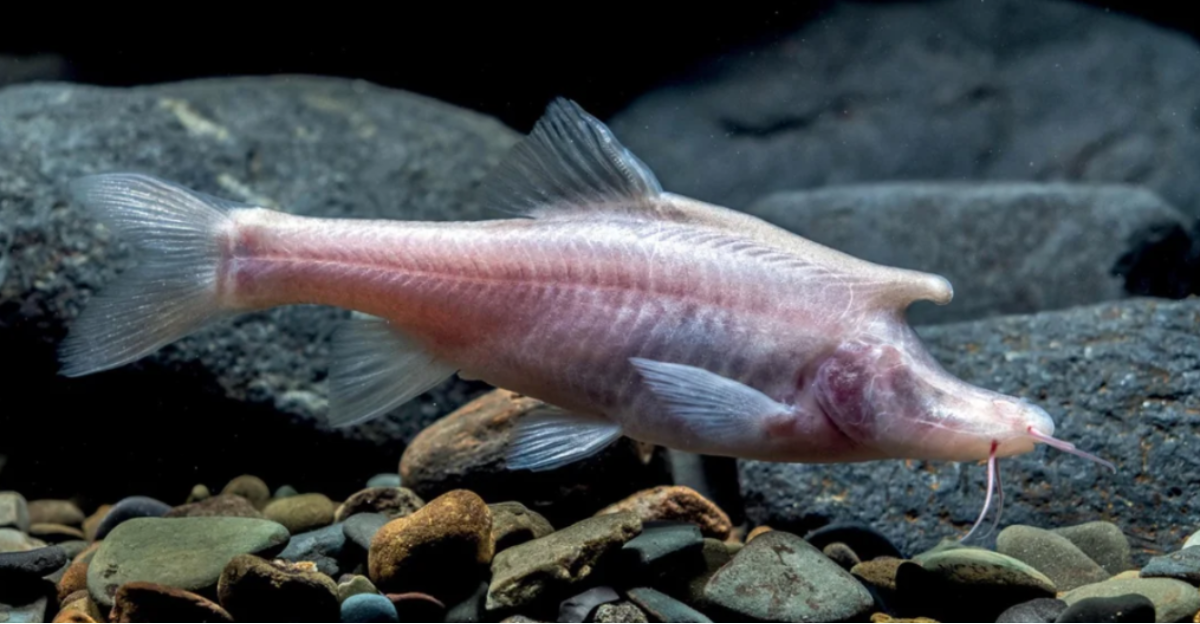
China’s karst landscapes harbor over 70 species of Sinocyclocheilus cavefish, all endemic to provinces like Guangxi, Guizhou, and Yunnan. These fish live in intricate limestone cave systems, often confined to a single cave or underground stream. They display unique traits such as horn-like structures and advanced sensory adaptations, making them ideal for studying evolution and ecology.
Although understudied, new species remain as researchers explore remote caves. However, urbanization, pollution, and groundwater extraction threaten these fragile habitats. Protecting China’s subterranean ecosystems is crucial for preserving biodiversity and understanding environmental impacts before irreversible damage occurs.
Conservation Threats to Cavefish Habitats
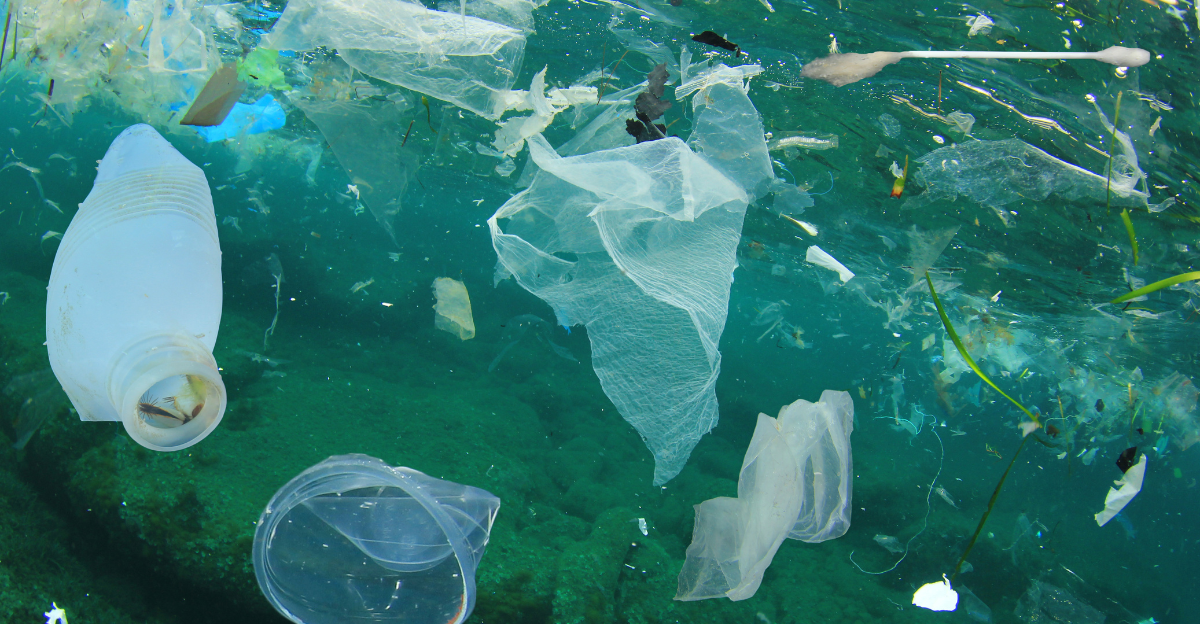
Cavefish are vulnerable due to their limited range and reliance on clean, stable underground waters. Most species are endemic and depend on fragile habitats. Human activities like agriculture, mining, and urban development threaten these environments by polluting water with chemicals, disrupting geological structures, and reducing water flow.
Unregulated tourism also harms cave ecosystems. Cavefish act as bioindicators, showing the health of their habitat. Because these fish grow slowly and their ecosystems are complex, recovery after damage is difficult. Protecting their habitats, controlling pollution, and enforcing land-use laws are essential to preserving cavefish and the biodiversity of cave systems.
Impact of Climate Change on Cave Ecosystems

Climate change threatens cavefish by altering their fragile habitats. Changes in temperature and rainfall disrupt groundwater levels, causing caves to flood or dry out, harming species adapted to stable conditions. Rising surface temperatures can warm underground waters, affecting cavefish metabolism and reproduction. In sensitive karst regions, erosion and sediment buildup degrade habitat quality.
Climate shifts also reduce organic material flowing into caves, limiting food sources. Because cavefish reproduce slowly and have small populations, even minor environmental changes can be devastating. Climate models predict that some cave systems may be permanently changed within decades, highlighting the need for climate-focused conservation efforts.
Cavefish and Subterranean Food Webs

Cavefish, though hidden, are vital in subterranean food webs. In nutrient-poor caves, they recycle energy by feeding on detritus, fungi, and small invertebrates like crustaceans and insects, breaking down organic material and redistributing nutrients. Some cavefish are top predators, controlling populations of smaller organisms and preventing excessive bacterial and algal growth.
Energy mainly enters caves from the surface via water, debris, or animal remains, and cavefish help transfer this energy within the ecosystem. Because cave systems are often closed, disrupting cavefish can cause cascading effects, highlighting their crucial role in maintaining ecological balance.
Cavefish as Bioindicators

Cavefish are sensitive indicators of groundwater health. Their populations reveal ecosystem changes like pollution, pH shifts, or oxygen decline. Stable cavefish numbers usually signal clean, undisturbed waters, while sudden drops suggest environmental stress. Monitoring them is practical, especially in remote areas, and complements methods like ecological DNA analysis.
Long-term studies show how subterranean ecosystems respond to human impact and climate change. Researchers can assess aquifer conditions, guide land use, and shape conservation policies by tracking sensitive species. Thus, cavefish serve as crucial ecological markers and valuable tools for managing and protecting groundwater ecosystems.
Environmental DNA in Cavefish Research

Environmental DNA (eDNA) transforms cavefish research by analyzing genetic material in water samples, like skin cells or mucus. This non-invasive method detects species without capturing them, which is ideal for rare or hard-to-find cavefish. It reduces habitat disturbance and helps confirm species presence, monitor populations, and uncover hidden species that look similar but differ genetically.
Especially useful in unexplored areas, eDNA accelerates discovery. Combined with traditional taxonomy and genome sequencing, it provides a fuller understanding of cave biodiversity. As technology advances, eDNA is set to become vital for future cave research and conservation worldwide.
Technological Tools for Cave Exploration
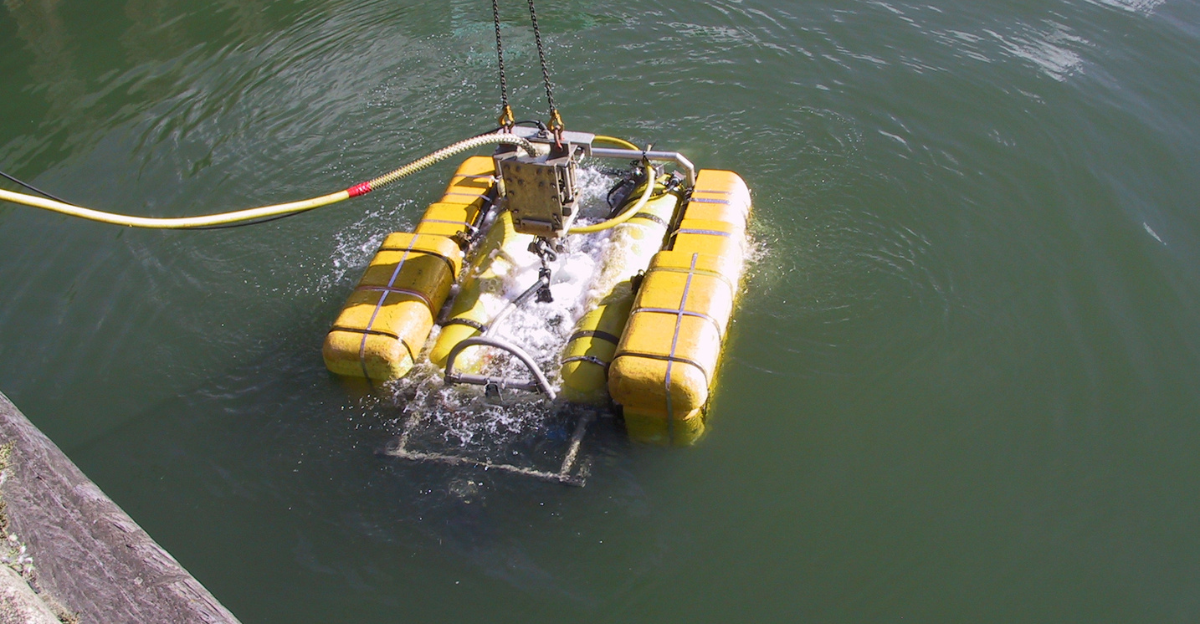
Studying cavefish requires exploring extreme environments where traditional methods fail. Technological advances, like underwater remotely operated vehicles (ROVs) with cameras and sensors, allow safe navigation of dangerous submerged caves. These tools capture high-resolution images, record water quality, and collect samples. Light-sensitive cameras, sonar, 3D scanning, and LiDAR help map dark cave systems and locate hidden fish.
Autonomous submersibles are tested for extended missions. Combining collected data with genetic information helps scientists understand cavefish habitats, behavior, and evolution. These technologies enable safe exploration and documentation of remote ecosystems with minimal disturbance.
Public Engagement in Cavefish Conservation
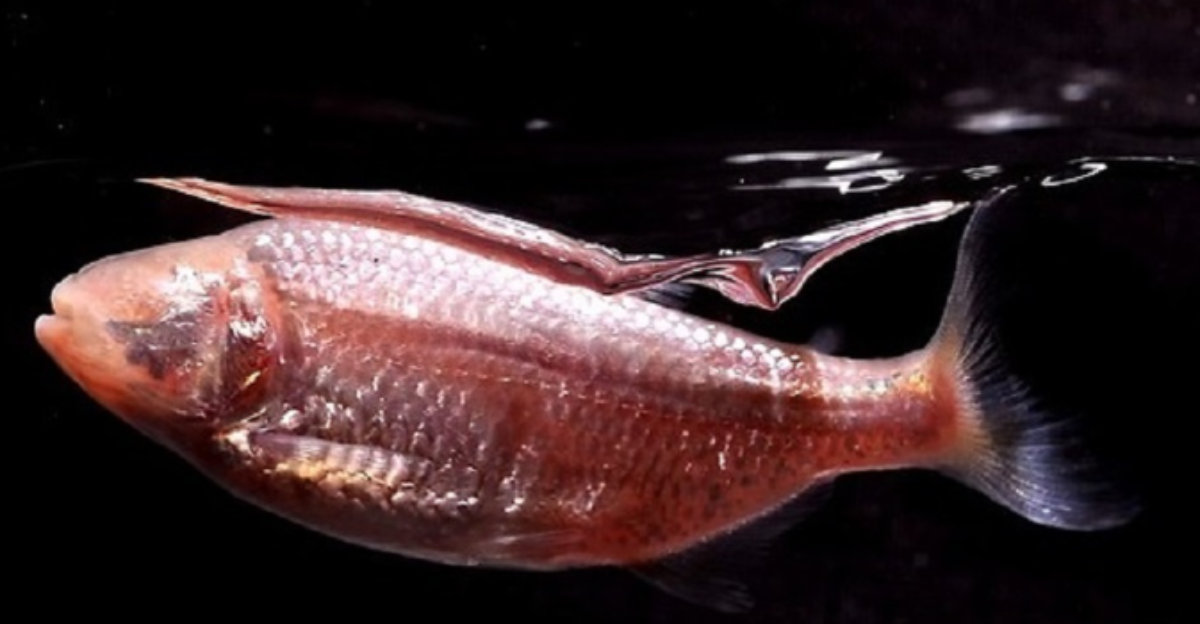
Raising awareness about cavefish is essential for their protection. These creatures live in remote, hidden caves, making them largely unknown. Public engagement through museums, documentaries, and online content helps educate people about their importance. Citizen science programs allow communities to participate in research, while schools can include cave ecosystems in their curricula.
Working with local communities near caves ensures conservation respects cultural and economic needs. Empowered locals are more likely to protect habitats and report threats. Public support drives policy changes, funds research, and fosters stewardship, helping safeguard these unique, fragile underground ecosystems for future generations.
Future of Cavefish Research and Conservation
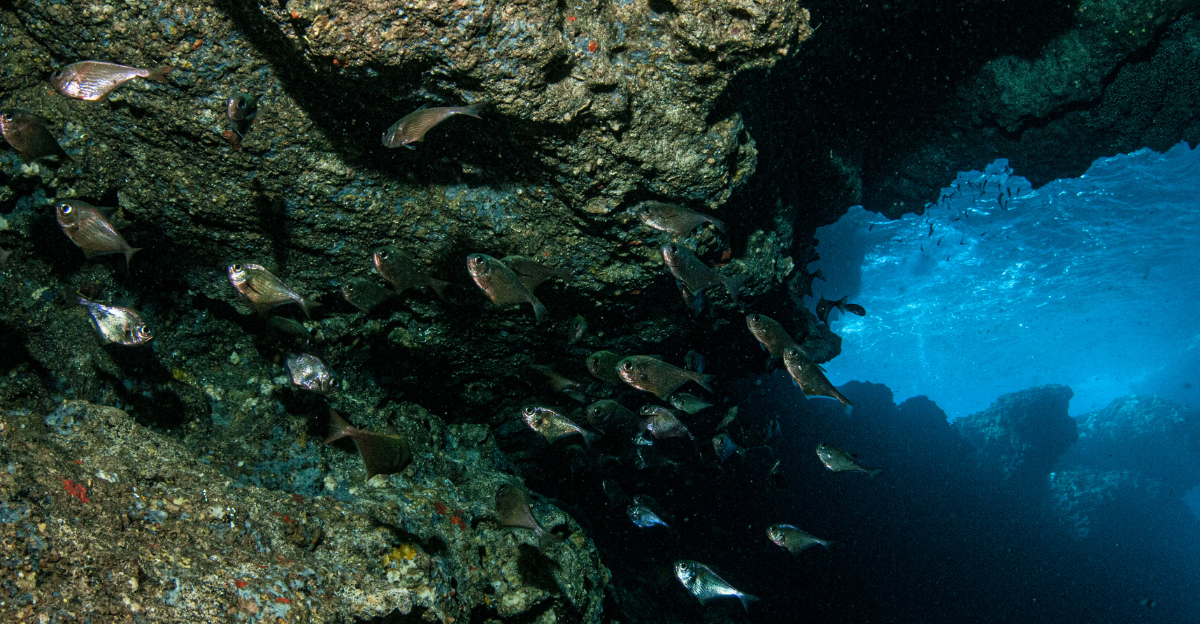
The future of cavefish research depends on multidisciplinary collaboration. Geneticists, ecologists, engineers, and conservationists work together to uncover subterranean life secrets. Genomic tools like CRISPR and RNA sequencing reveal trait development and disease resistance. Climate and hydrology models predict habitat changes and identify vulnerable areas. Ongoing international expeditions discover new species, expanding evolutionary understanding.
Conservation efforts focus on protecting habitats, regulating groundwater, and promoting sustainable tourism. Partnerships with local governments, NGOs, and indigenous groups are vital for practical measures. Protecting cavefish safeguards ecosystems, evolutionary knowledge, and global biodiversity in these hidden environments.
Explore more of our trending stories and hit Follow to keep them coming to your feed!

Don’t miss out on more stories like this! Hit the Follow button at the top of this article to stay updated with the latest news. Share your thoughts in the comments—we’d love to hear from you!







